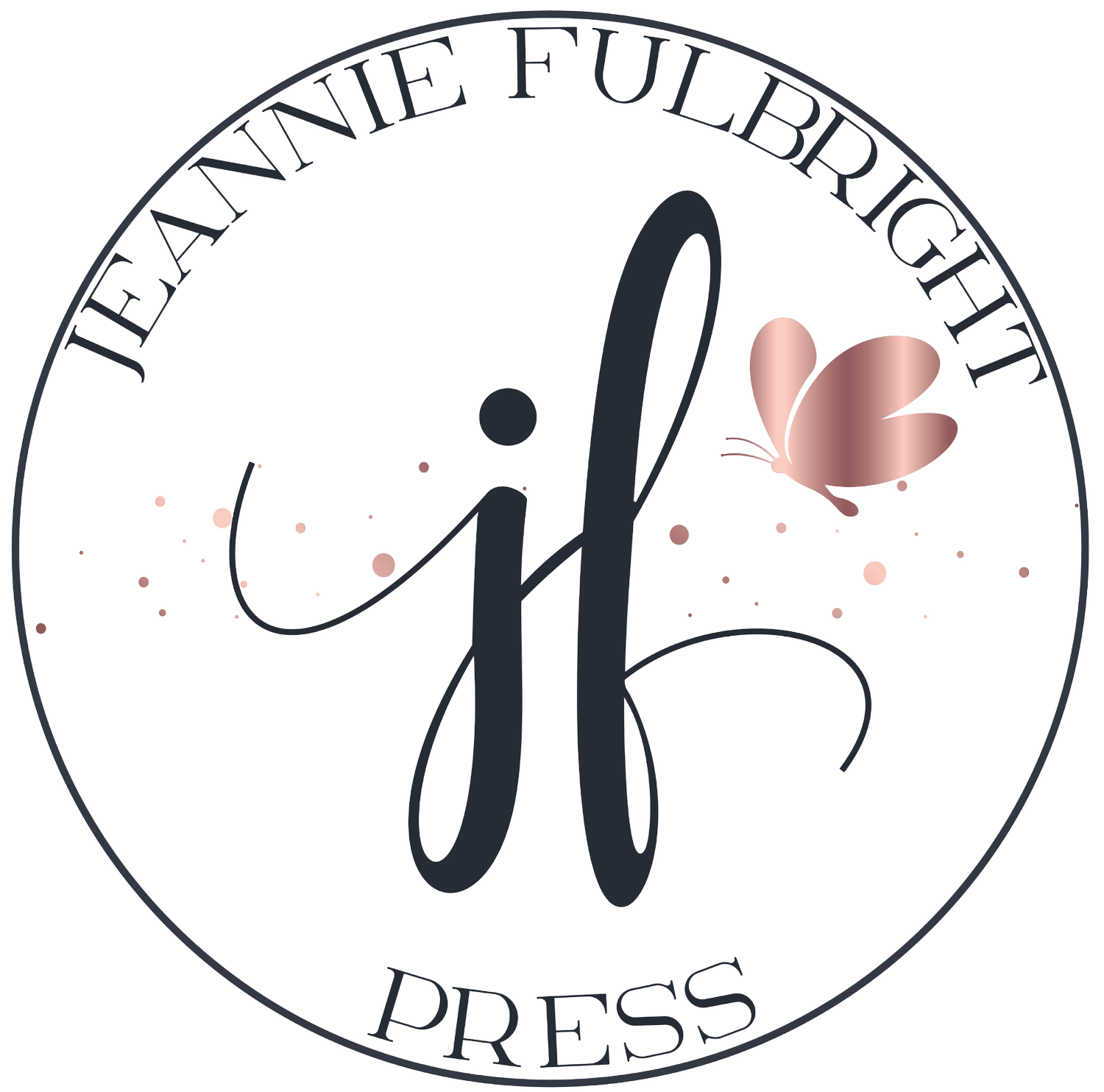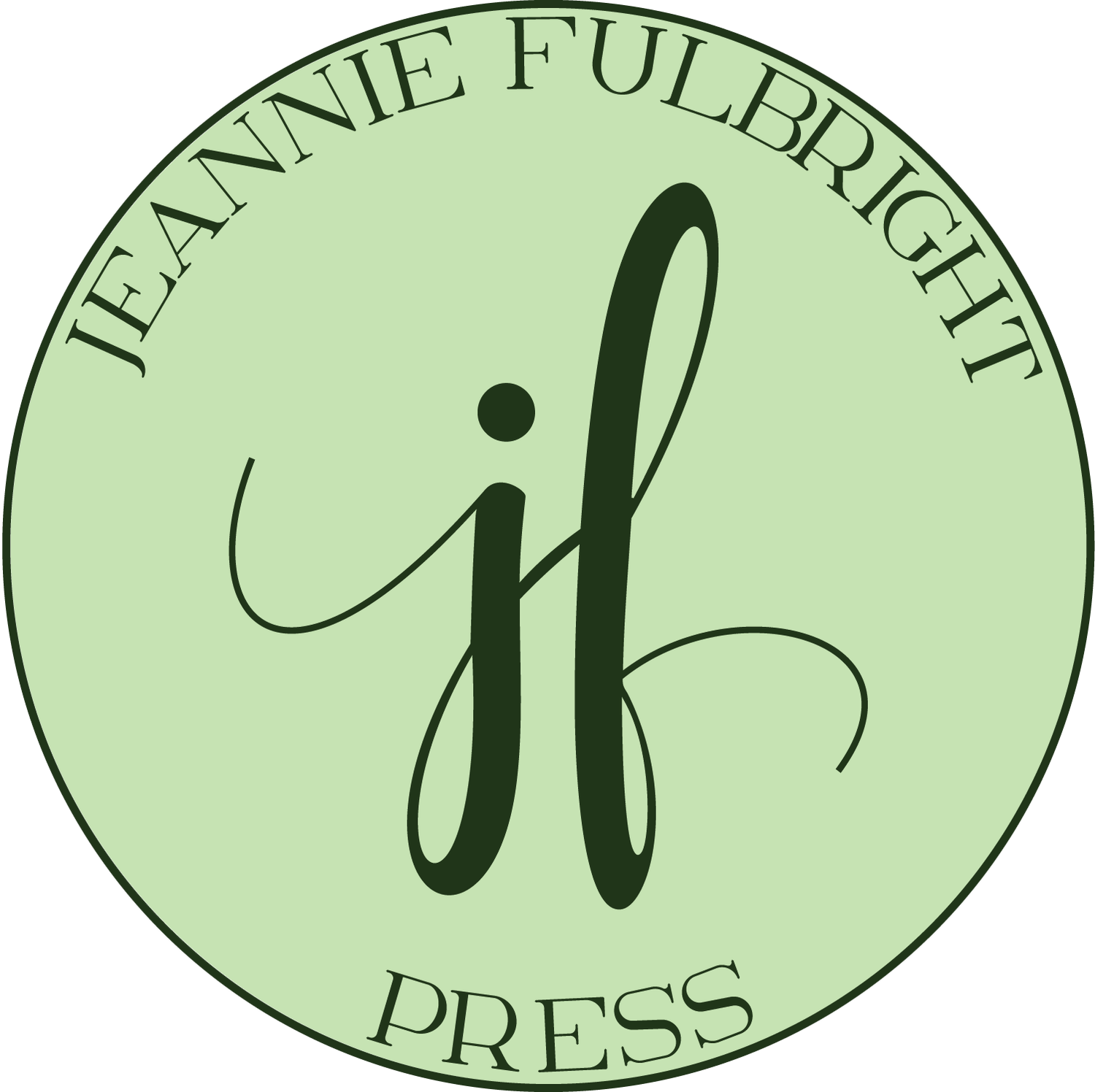Copywork Works!
Everyone understands the value of copywork for neat handwriting, but did you know copywork benefits the child’s language learning and creates foundational habits? Copywork works—on so many levels!
Charlotte Mason was a huge advocate for copywork and developed a specific methodology that benefitted her students greatly. Let me share with you some of her ideas and methods for using copywork so your children can benefit as well.
When choosing copywork, you’ll want to look for passages that are within your child’s natural progression of abilities and skill level. Start with simple short passages constructed with simple short sentences.
Young children who are still learning to write can begin by copying one word, then progress to copying two or three word sentences. Copywork assignments should continue to progress in difficulty as the child’s skills and abilities develop.
KEEP THE LESSONS SHORT
Keep in mind that you don't want to give your children more work than they can do with excellence. Charlotte Mason believed that the writing period should be short. No more than 5–10 minutes should be given to the early writing lessons.
If the lesson is longer, the child will grow weary, tired, and slovenly and will develop poor habits of sloppy execution. We can, through copywork, actually develop this really elusive habit of perfect execution or excellent work.
But this habit can only be trained through short writing periods. If the child can only do one or two words perfectly in 5–10 minutes, then that is all that should be expected.
We want our children to do ‘perfect’ work, only that which they can do with excellence. If we require them to work longer than they are capable of and their work starts getting sloppy, then we're actually training bad habits.
So give them small passages they can do with excellence in a short period of time.
Of course, as the child grows more proficient in writing, he'll be able to finish longer and longer passages. But it should never be rushed. Copywork is a step by step progression and should not be pushed. You have a lot of years with your children to teach them to write before they leave the home, so take time to lay a strong foundation.
EFFECTIVE COPYWORK LESSONS
So what does a copywork lesson actually look like? To start, the child will copy the same passage for at least a week. Plan for no longer than 5–10 minutes at a time, requiring the child to produce excellent work.
The first day you introduce copywork, before your child even begins to write, discuss the punctuation marks in the passage and the grammar, especially. Point out vocabulary and spelling. If the passage contains a word your child can’t spell with 100% accuracy, teach the spelling before copying even begins.
If you're not using Living Verse Language Arts in Poetry, which includes poetry copywork and vocabulary to accompany each poem, then pull vocabulary words from your chosen copywork. You won’t need a separate vocabulary or grammar program if you’re using copywork passages to discuss these language concepts.
Rather than just hand your child a passage and ask him to copy it, you’ll want to check for tricky areas that may be difficult for your child to copy. It’s important your child has learned and memorized each word before beginning the copywork. He should have a picture of the correct spelling of the words in his mind.
After you've reviewed the passage and are confident your child won’t create a misspelling, you're ready to give the copywork assignment.
I'll go into more depth about Charlotte Mason’s methodology of teaching spelling through copywork in the next blog.
Some children are slower writers and may only be able to write a few words in the 5–10 minutes allotted for the lesson. That’s okay. Remember, they are still developing the hand muscles for writing.
Again, this process should not be rushed. It may take one child all week to finish copying a single passage. Another, who is proficient at writing, may be able to copy the entire passage with excellence in the 5–10 minute session. In that case, the passage should be copied again the next day.
Plan to work with one passage over one week, maybe two, depending on where the child is and how much and how quickly he can write. The copywork should be done carefully each day until it is completed. By the end of the week, that passage will have been copied once, twice, or maybe three times.
But always with excellence.
EFFECTIVE DICTATION LESSONS
You’ll use that same copywork passage for dictation. The process of dictation is the same as copywork. You’ll first want to discuss what words may be tricky then make sure your child has memorized the spellings before the passage is dictated to him.
As Charlotte Mason trained through reading, have some sort of hand motions for the punctuation your child will add into the dictation, for example, a finger point for a period or a hand swish for a comma.
If you choose a Bible passage or piece of poetry for copywork, your children will be learning rich, living language. As they memorize the language, they’ll develop powerful skills in their mind. This is really hard to quantify and see because it just seems so simple. But it truly is the best way to train thinkers and writers.
If you use Living Verse Language Arts in Poetry, your children will not only have a full year of poetry copywork, but they will receive the myriad of benefits that studying living language provides.
As far as mechanics, Charlotte Mason has some opinions about how children should be taught to hold their pencil. She advised holding it between the first and second fingers, steadying it with a thumb.
She says this position avoids the uncomfortable strain on the muscles produced by the usual way of holding a pencil, which causes writer's cramp in later days when there is much writing to be done. The child should support himself with the other hand and write in an easy position with a bent head, but not with a stooping figure.
This is great advice, but keep in mind the ultimate aim is to develop strong writers through copywork.
Be looking for next week’s blog where I’ll go into detail about Charlotte Mason’s effective methodology for teaching spelling.

